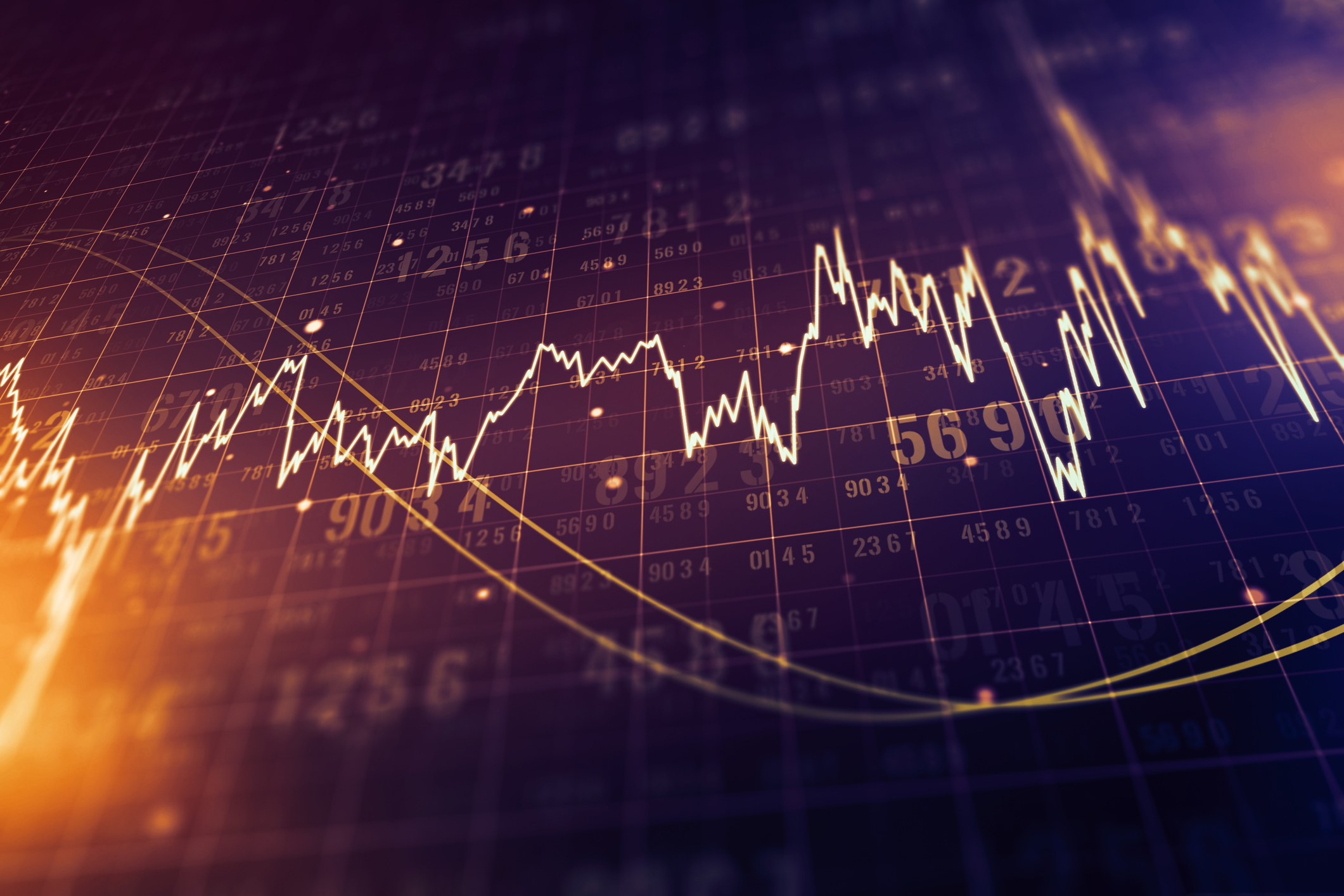
By: Matt Garrott
What Happened in 2020
What could grab headlines away from the killing of a top Iranian general, a very public oil production dispute between OPEC and Russia, and even the Presidential election? The global pandemic was the top story of 2020 and continues into 2021.
After taking hold in the United States in February, the pandemic led to the fastest bear market in history. The S&P 500 dropped 34% in just 33 days. The New York Stock Exchange closed its floor to trading (the exchange was open, but traders were executing remotely) on March 23rd, pinning the tail on the exact bottom of the bear. This was the shortest bear in history, returning to the previous peak less in less than 6 months. Markets remained reactive to pandemic news intra-day while grinding higher through the second half of the year. FDA approval of vaccines escorted the S&P 500 to an all-time high to close out the last trading day of the year. This is the first time the S&P 500 posted a double digit return (+18.4%, including dividends) for a calendar year after such a significant drawdown.
Experts debated what the recovery would look like. Few expected an immediate return to normal which would make a chart look like the letter V. Similarly, there were few perma-bears bold enough to call for an L shape with little recovery at all. The actual recovery has taken the shape of a K, with distinct winners and losers. Selected industries saw not only a swift and full recovery, but have thrived during the shift to the remote workplace. Other industries (travel and leisure, in particular) remain crippled.
JP Morgan’s Michael Cembalest views the pandemic as an event like a natural disaster, rather than a war or depression, leading to a quicker recovery. He also reminds us that a vaccine was never a foregone conclusion. The speed with which vaccines have been developed is astounding, another reminder that optimism falls closer to reality than fantasy.
2020 was full of stories that would dominate any other news cycle. Oil futures briefly traded negative (there were a few minutes were you could get paid $35 to take delivery of a barrel of oil). Rental car company Hertz filed for bankruptcy then tried to issue shares of equity. Elon Musk kept launching and landing rockets, even sending astronauts to the International Space Station (he runs a car company, too). Exxon Mobil, Pfizer, and United Technologies were removed from the Dow Jones Industrial Average. They were replaced by Salesforce, Amgen, and Honeywell International.
2020 was expected to be a stock picker’s market, especially since active managers supposedly protect to the downside in bear markets. Like most years, however, active management lagged. The S&P 500 beat 64% of active large cap blend managers during the calendar year, 78% of active managers over the previous 3 years, 81% over the previous 5 years, and 89% over the last 10 years.
Buzzwords: COVID-19, Pandemic, Mask, R0, Flatten the Curve, WFH, SpaceX, Essential Workers, Trump, Biden, mRNA, Vaccine
Outlook for 2021
First and foremost, we expect a peaceful transition of power here in the United States. This is the greatest nation on the planet, something we’re reminded of with the inauguration of every new President. Despite politicians, pandemics, recessions, and your uncle’s social media posts, the United States carries on.
The S&P 500 ended 2019 at 3231. A MarketWatch survey of top Wall Street Analysts predicted the S&P 500 to end the year 2020 anywhere from 3000 to 3600. It ended at 3756. Predictions are more often marketing instead of analysis. The smartest people in the room with access to largely the same information drew strikingly different conclusions. Imagine how wide ranging the predictions might have been if they had the foresight to know a global pandemic was coming. The forecasting horse race happens every year and if anyone bothered to check, the experts are often way off. We can forgive them not foreseeing a global pandemic, but keep in mind how differently the experts can interpret the same information.
Annual predictions often focus on what will change in the coming year, but it can be more valuable to recognize what isn’t changing. Rebalancing and tax loss harvesting will continue to serve investors well. Be mindful of taxes, especially when anyone suggests you put your money in motion. Chasing yield or returns will increase the odds of an unforced investment error. Investors should say no (or have us say it) more often than they say yes to pitches. Just like every other year, Wall Street expects 2021 to be a stock picker’s market. Just like every other year, we suggest ignoring the sales pitch and sticking with what works over the long-term. Control costs; manage taxes; and most importantly, stick to and execute on your individualized financial plan.
We expect the Federal Reserve to hold rates low throughout 2021 as inflation will have a hard time pulling its average rate up to 2%. The Fed has also expressed that it wants to see action from Washington, but politicians may be bailed out from making tough decisions by the ultimate stimulus: a successful rollout of the vaccine.
If you request that we move money via wire transfer, expect a phone call from us to confirm. Scams are getting more sophisticated. The best way to protect our clients is to obtain a verbal confirmation.
We are thankful and humbled by the support and kindness we’ve received from our clients this year. We promise to deliver on our core values: Integrity, Service, Reliability, Insight, Excellence, and Results.



